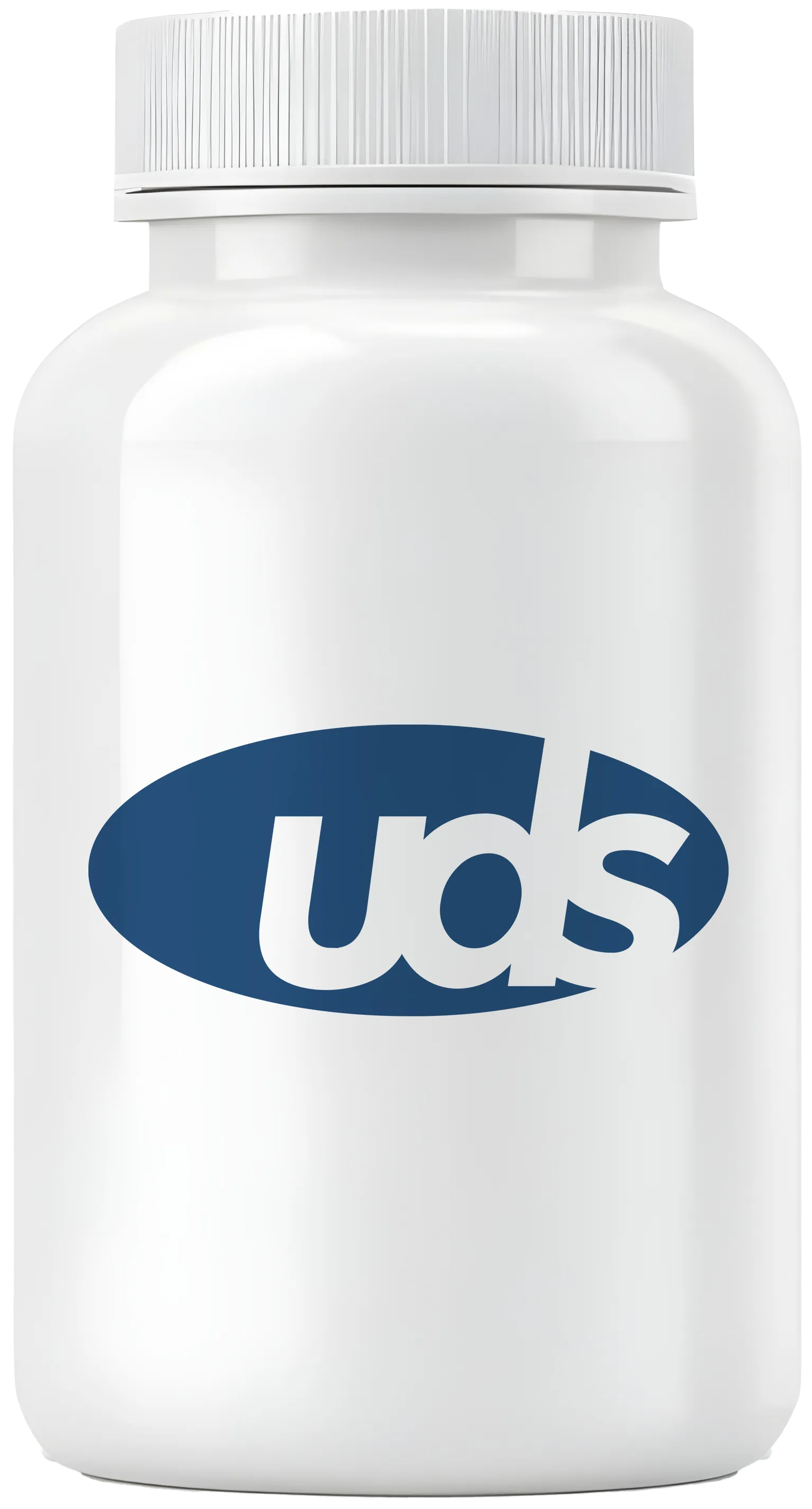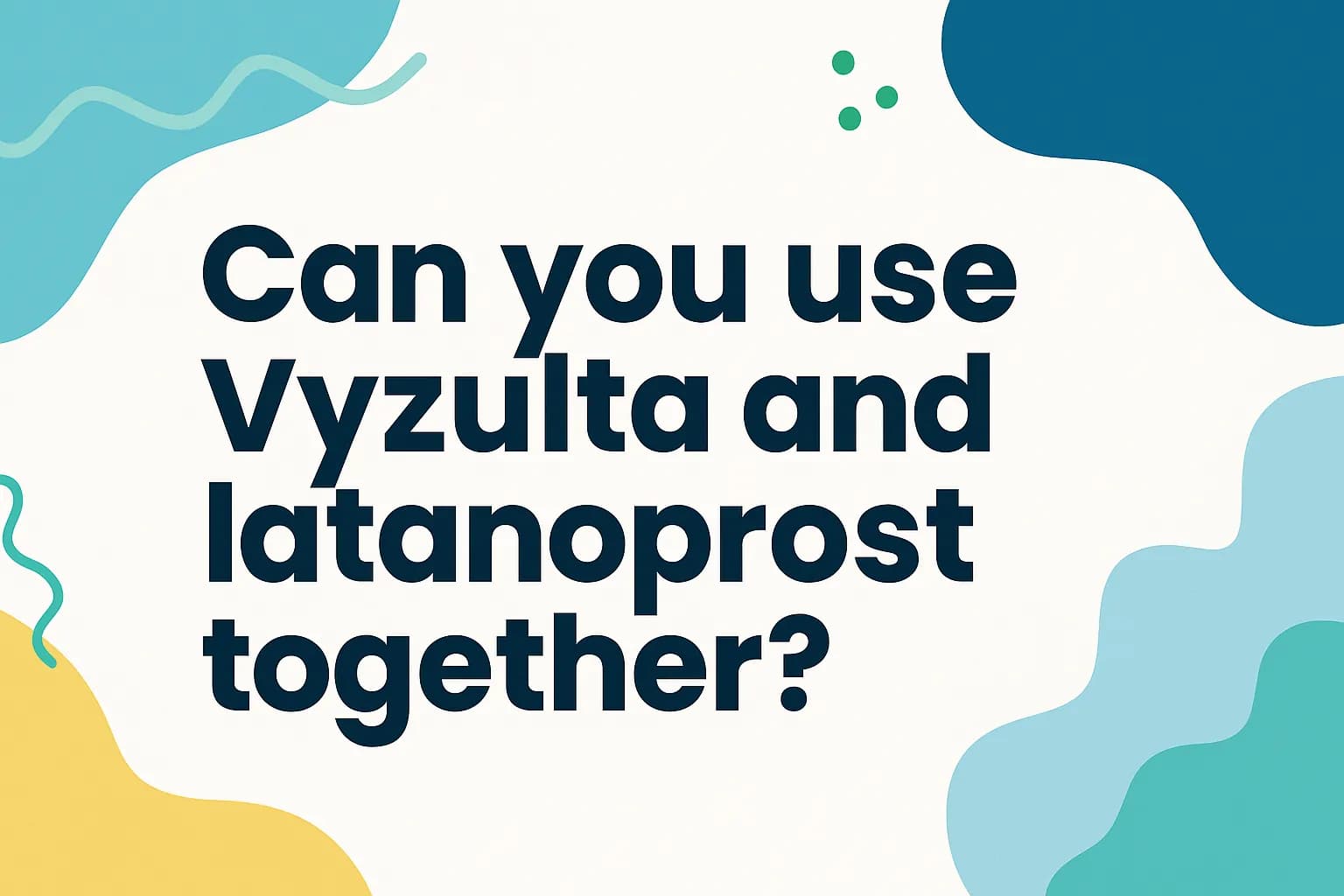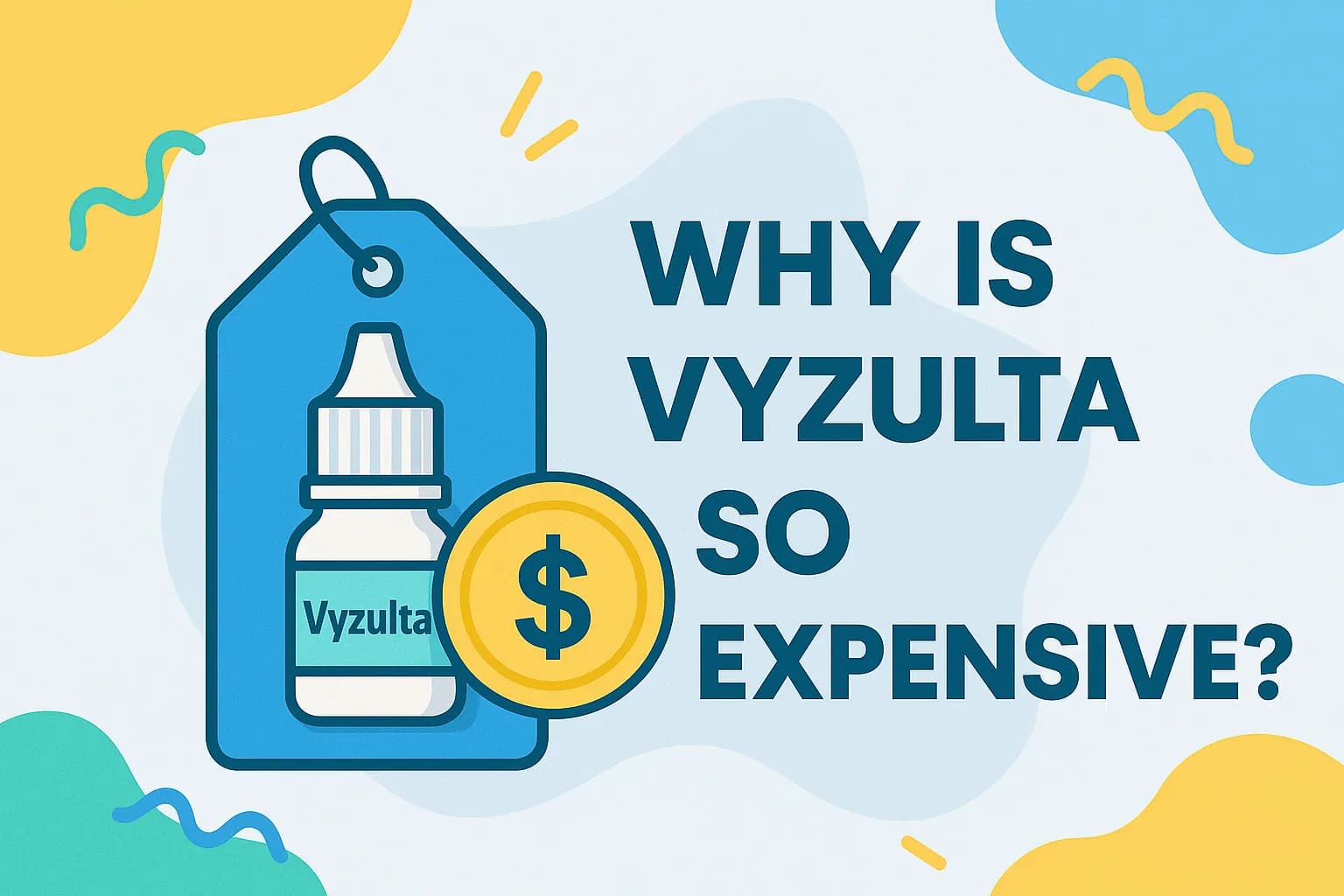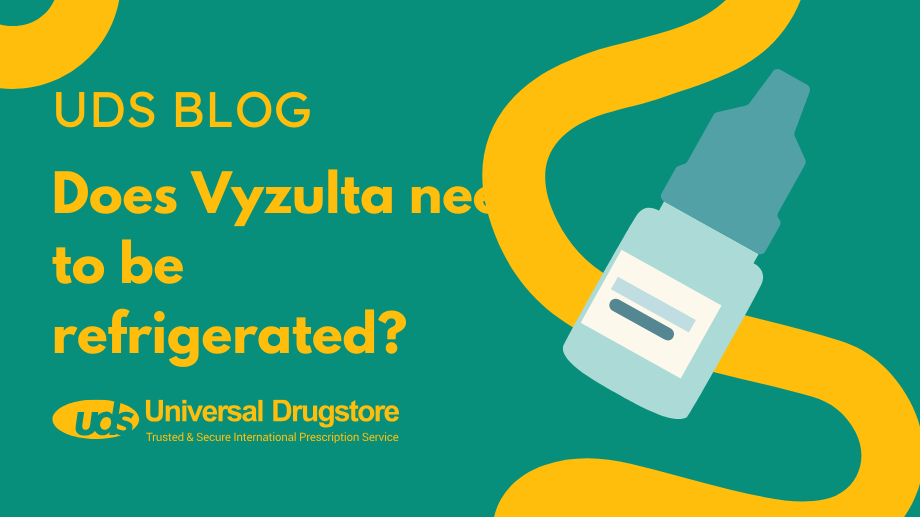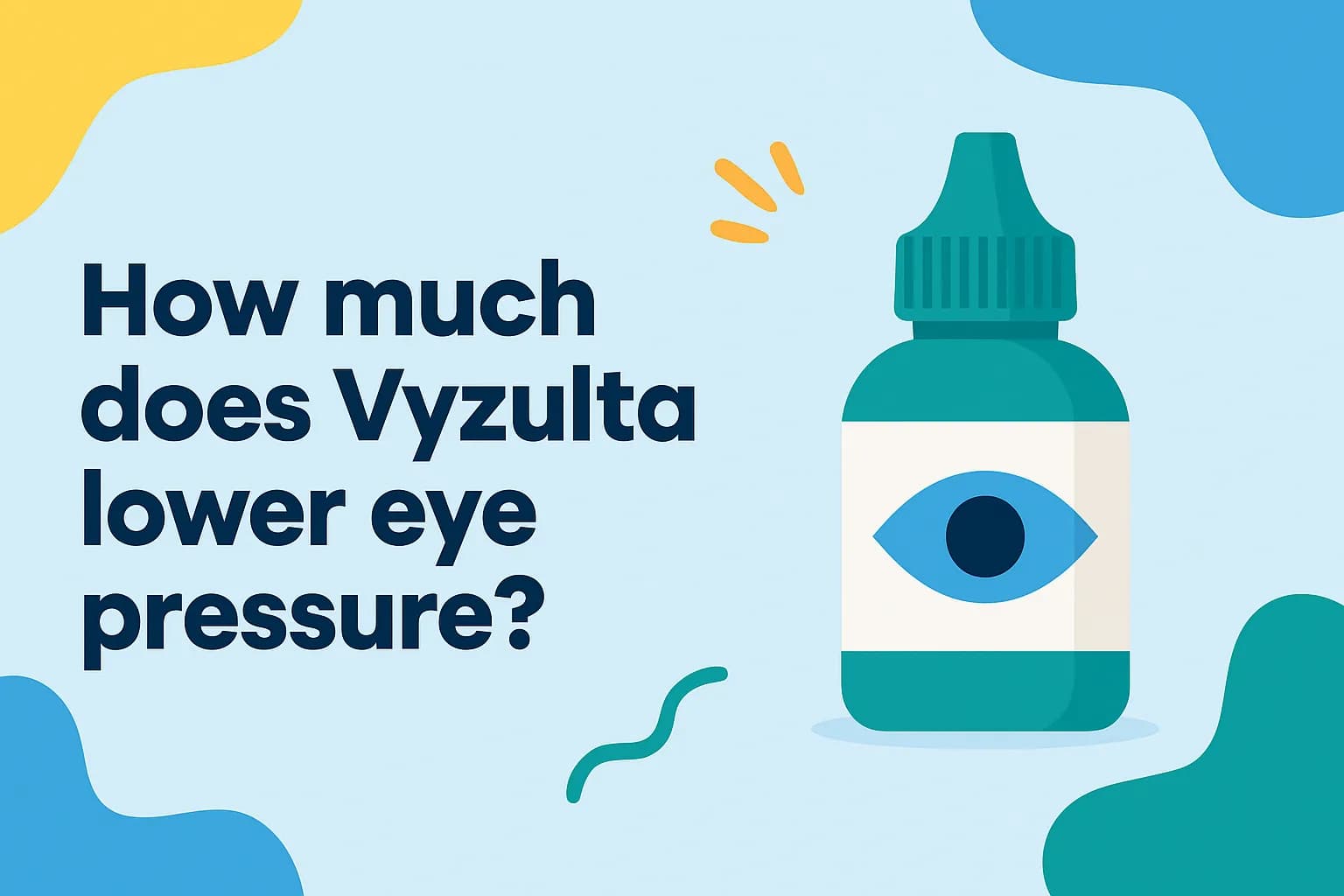Is Vyzulta covered by insurance?
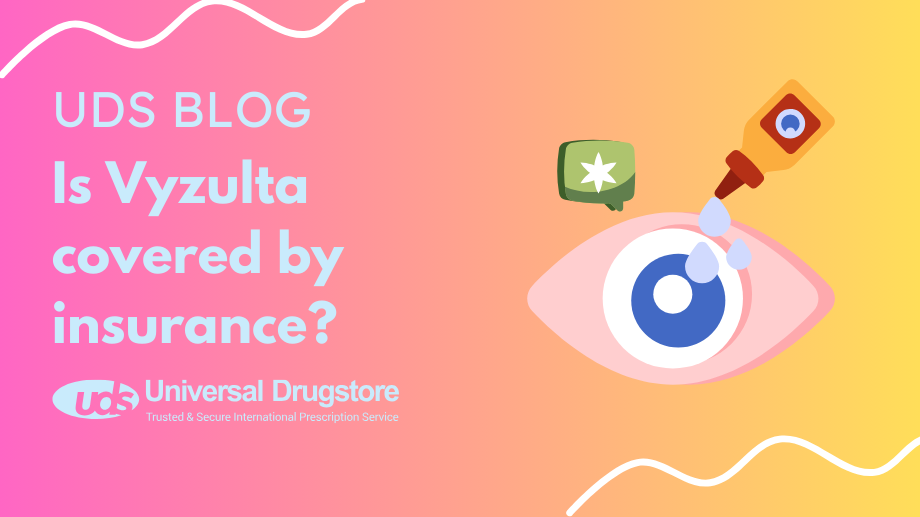
Vyzulta (latanoprostene bunod ophthalmic solution) is a relatively expensive brand-name drug that is used to treat open-angle glaucoma and ocular hypertension.
How much you will pay for Vyzulta will depend on your health insurance plan and whether this medication is on their formulary. You will have to contact your individual plan to see if this medication is covered or if a prior authorization (PA) is needed. Currently, commercially insured patients with CVS Caremark and Express Scripts will not need a PA.
It is estimated that 52% of Medicare Part D plans cover Vyzulta. Your copay on this medication will depend on whether you have met your deductible and what coverage stage you are in.
For many people, the cost of Vyzulta can be a serious concern if they do not have a prescription drug plan, a Vyzulta coupon, a savings card, a prescription discount card, or meet the eligibility criteria for a patient assistance program. If you have to pay full price for this medication, you can expect to pay over $300 for a 5 ml bottle of Vyzulta. At Universal Drugstore (UDS), you can get that same 5 ml bottle delivered to your door for around $70 with a valid Vyzulta prescription.
Is there a Vyzulta copay program?
Bausch & Lomb, the pharmaceutical company that manufactures Vyzulta, offers a savings card for eligible patients. If you have commercial insurance and meet eligibility requirements, you can get up to a 90-day supply (#3, 2.5 ml bottles) for as little as $25. This offer is only valid if your insurance covers Vyzulta and it can only be used at Walgreens and participating independent pharmacies. At non-participating pharmacies, eligible commercial patients may pay as little as $35. You cannot use the savings card if you have any state, government, or federal-funded healthcare program, including, Medicare, Medicare Part D, Medicare Advantage, Medicaid, Medigap, Department of Defense, TRICARE/CHAMPUS, VA, or any state prescription drug assistance program.
If you do not have insurance or your insurance does not cover Vyzulta, you may be able to get a 2.5 ml bottle for as little as $70 or a 5 ml bottle for as low as $100. For more information on this program click here.
Keep reading to learn important information about Vyzulta, including its side effects, precautions, and indications, as well as get answers to some frequently asked questions.
Vyzulta FAQs
What is Vyzulta used for?
Vyzulta (latanoprostene bunod) is a topical ophthalmic solution manufactured by Bausch & Lomb that is typically dosed as 1 drop in the affected eye(s) at night. It is a nitric oxide-donating prostaglandin analog that is FDA-approved for the reduction of intraocular pressure (IOP) in patients with primary open-angle glaucoma or ocular hypertension. Vyzulta is not recommended for children ages 16 and younger due to the potential for long-term effects.
How does Vyzulta work?
Vyzulta works to reduce intraocular pressure (IOP) by increasing the drainage of aqueous humor (fluid in your eye) from your eye through two pathways. Reducing fluid from your eye lowers your eye pressure which will help decrease your risk of vision loss from glaucoma.
What are the side effects of Vyzulta?
The most common side effects of Vyzulta in clinical trials include:
- Hyperemia (signs of blood in the lining of your eye)
- Eye irritation
- Eye pain
Some other possible side effects of Vyzulta include:
- Itchy eyes
- Blurred vision
- Feeling like there’s something in your eye
- Darker pigmentation of the iris (colored part of your eye) and eyelid
- Increase in length, thickness, or number of eyelashes
- Cornea inflammation (swelling and redness)
Shop Medications
Vyzulta may also cause more serious side effects including:
- Serious allergic reactions, including:
- Hives
- Swelling of your throat and tongue
- Trouble breathing
- Eye inflammation and swelling
Vyzulta may cause swelling and redness in your eye. It can also cause macular edema or swelling of the macula (a part of the eye that is important for clear vision). You are more likely to experience this if you already have eye inflammation or if the lens of your eye is missing or damaged. Notify your healthcare provider right away if you notice eye discomfort or vision changes while using Vyzulta.
Bacterial infections
Eye drop bottles such as Vyzulta can cause eye infections (keratitis). These bacterial infections are more likely to occur if your bottle of Vyzulta gets contaminated. It is important to wash your hands before each use of your eye drop and to not touch the dropper tip with your hands, eyes, or any other surface. Let your healthcare provider know if you develop signs of an eye infection such as eye pain, vision changes, sensitivity to light, or eye discharge.
These are not all of the possible adverse events of Vyzulta. You should always seek medical advice from your ophthalmologist or other healthcare professional for any questions or concerns about your medical condition or treatment. You should also read all the patient information, including your Medication Guide that comes with Vyzulta. You can report side effects to the FDA at 1-800-FDA-1088 or www.fda.gov/medwatch.
What precautions should be taken when using Vyzulta?
You should not use Vyzulta if you are allergic to latanoprost acid, butanediol mononitrate, or any of the inactive ingredients in this product. You should be sure your healthcare provider is aware of all your medical conditions as they may be contraindications or you may need increased monitoring during treatment, including if you:
- Wear contact lenses. Because this medication contains the preservative benzalkonium chloride, contact lenses should be removed before using Vyzulta and may be reinserted 15 minutes after administering it.
- Have a history of eye inflammation (iritis/uveitis).
- Have a history of macular edema or have risk factors for macular edema.
- Are pregnant or plan on becoming pregnant. It is not known what effects Vyzulta may have on your unborn baby.
- Are breastfeeding or plan on breastfeeding. It is not known if Vyzulta is found in breast milk or what effects it may have on your breastfed infant or the effects on milk production.
Does Vyzulta interact with other drugs you are taking?
When Vyzulta is taken with other prescription drugs, over-the-counter medications, vitamins, herbal products, and supplements, it may change how they work or increase the risk of side effects. Currently, there are no significant drug interactions listed for Vyzulta. However, be sure to tell your healthcare provider about all your current medications so they determine if they are safe to use together.
How much is Vyzulta without insurance?
Vyzulta prices without insurance will vary, depending on which pharmacy you purchase it from. The average retail price for a 5 ml bottle of Vyzulta is over $300. You may be able to save money on it if you use a prescription discount card. You can also check out Universal Drugstore (UDS). At UDS you can get that same 5 ml bottle delivered to your door for around $70 with a valid Vyzulta prescription. This is over a 75% discount off of what you will typically pay at your local pharmacy.
Is there a generic for Vyzulta eye drops?
Currently, there is no generic version available for Vyzulta. It appears that the earliest date a generic could hit the market will be October 3, 2025. This may change due to patent challenges or generic licensing, which could extend the patent to 2029 or 2030.
Related Medications
- Rhopressa (netarsudil)
- Xalatan (latanoprost)
- Alphagan P (brimonidine)
- Lumigan (bimatoprost)
- Travatan Z (travoprost)
- Xalacom (latanoprost/timolol)
- Ganfort (bimatoprost/timolol)
- Zioptan (tafluprost)
Sources
- Medscape
- DailyMed
- Vyzulta Prescribing Information
- PDR
- Vyzulta Coupon
- GoodRx
